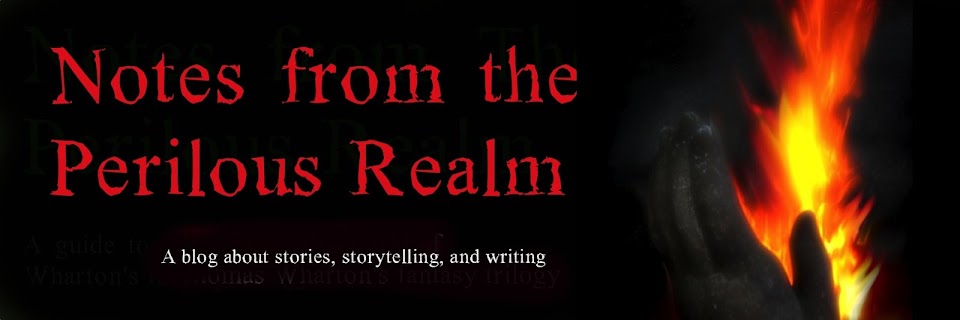For
me, thinking about a story’s “shape” is a way of standing back from the story
and seeing its broad outlines rather than the details. Is there a pattern here?
Some sort of unexpected symmetry? Is anything missing?
You
may have heard of Freytag’s pyramid: the classic story shape sketched out by
the 19th-century novelist Gustav Freytag: a classic model of story
structure that plots the way stories rise through moments of conflict to a peak
at the point of crisis (the climax) and then descend into the “falling action”
or denouement. Yes, it’s a structure that one can find in innumerable stories,
and it’s a useful tool for thinking about how to put together your own plots,
but it’s worth considering that this model was created in 1863. That’s right,
1863.
A
plot might be something more -- or different -- than what the pyramid model
allows us to see. What other shapes do stories reveal? What other shapes or patterns might
your own story follow?
Exercise: sketch out a plot for a story based on
one of the following shapes, or choose a shape of your own.
Top illustration: detail from Voyage d'Hermes by Moebius.



No comments:
Post a Comment